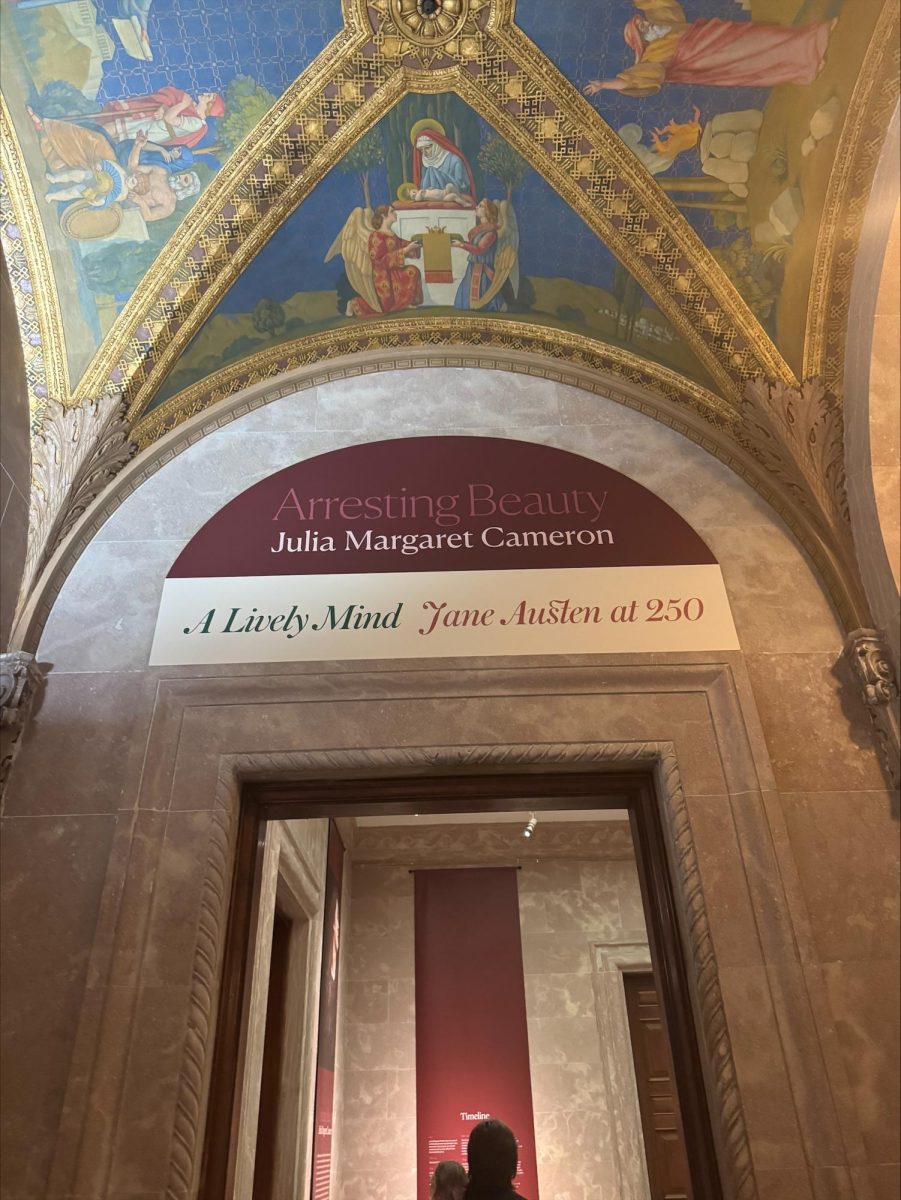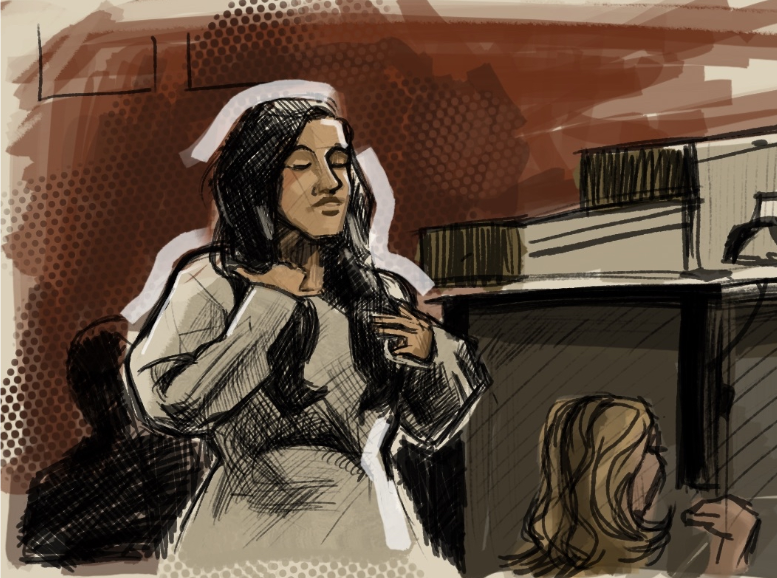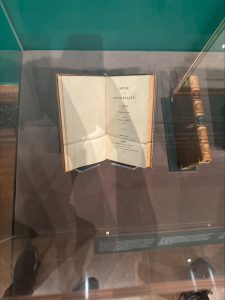
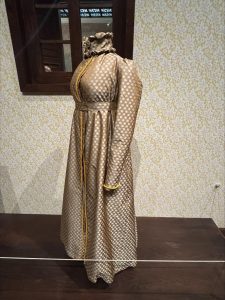
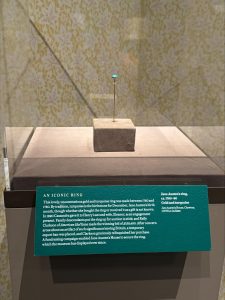
Long before her literary accomplishments, Jane Austen’s six masterpieces were published under “by a lady” as opposed to her real name seen on her books today.
Who was this lady hidden behind the pseudonym and her words of wit, relationships and social commentary? To celebrate the author’s 250th birthday, the Morgan Library & Museum answers this question through an exhibition that features her early beginnings and rise in fame in the world of writing.
Jane Austen is said to be one of the most influential English novelists, most known for her books “Pride and Prejudice,” “Sense and Sensibility” and “Emma.” Even with her fame though, Austen’s life was humble compared to her literary fame today. She lived a modest life in the English Countryside while building up her manuscripts for books that are still widely beloved today.
The Morgan Library & Museum’s exhibition was on view from June 6 to Sept. 14. Titled, “A Lovely Mind: Jane Austen at 250,” it delved into her life and the experiences that shaped her works. The exhibition showcased a variety of material, including early manuscripts of her books, artifacts from her life and letters that she wrote.
Austen’s turquoise birthstone ring, a reproduction of one of her silk petticoats and the first editions of her novels, were all put on display at the exhibit. The exhibit also included modern artistic interpretations along with some translations of her works.
Austen’s work strongly inspires each new generation of readers and writers.
Her commentary on the high society of her time hidden among her stories remains timeless in current day. The heroines she wrote into fictional existence, such as Elizabeth Bennet from “Pride and Prejudice,” are intelligent women who challenged the gender norms of their time. Since Austen’s time in literature, the experience for female authors has greatly changed. Female writers in the 19th century, like Austen, had to hide behind male pseudonyms or anonymous titles due to the social stigma at the time toward women in the male-dominated writing field.
Today, female authors widely publish novels under their own names in all genres, openly building their own literary worlds and careers.
Despite great progress, gender bias and unequal opportunities are challenges still faced by women in the literary world, and often, their acclaim occurs only well past their time. Who once could only depict herself as just “a lady” in her time is now celebrated as Jane Austen, whose life’s work continues to endure and shape the literary world.


